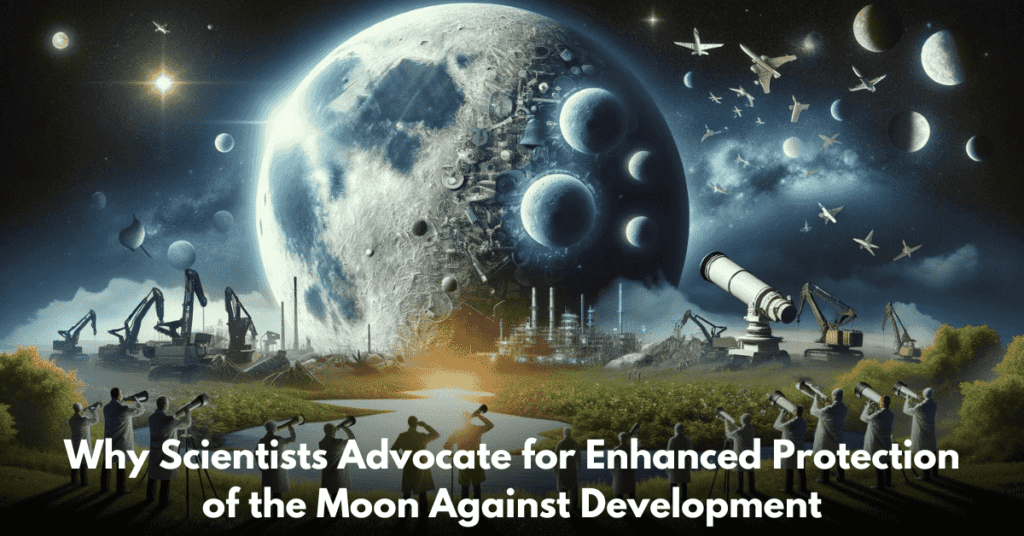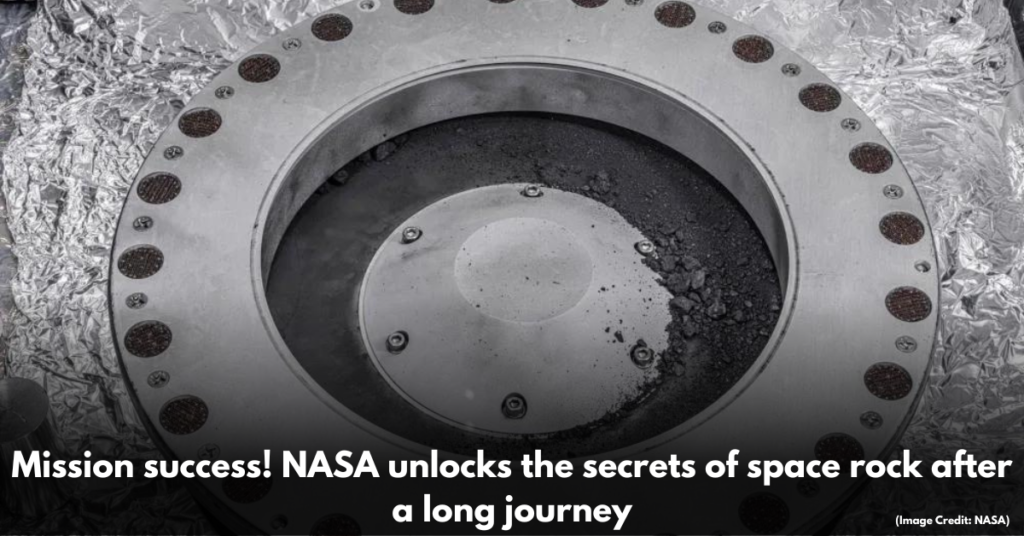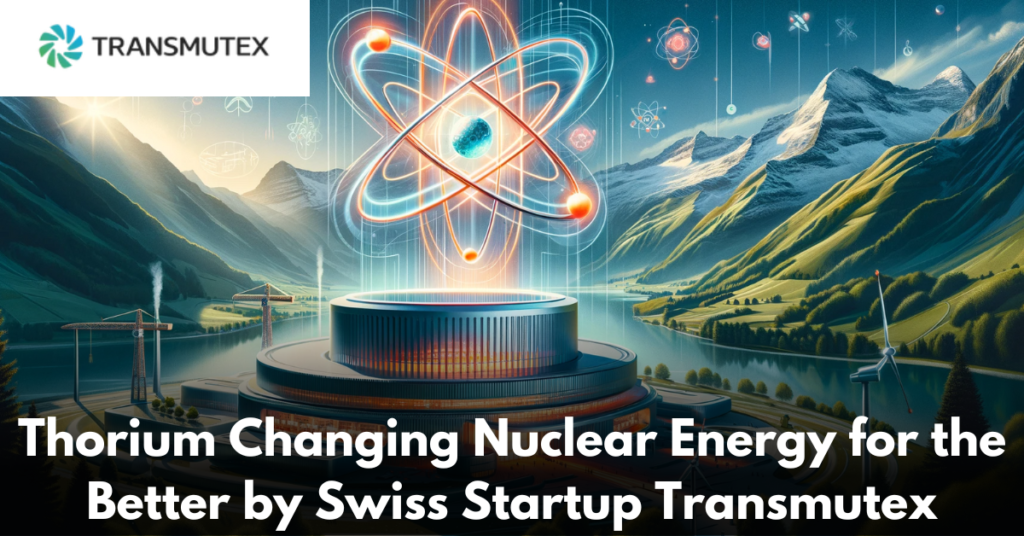The U.S. private spacecraft Odysseus, which was sent to the moon on February 15, has been declared permanently quiet after failing to send a signal from the south pole of the moon. But the number of missions to the moon is growing quickly. By the end of 2026, at least 22 international missions will have landed on the moon, with about half going to places near the south pole. There will be more, including commercial and civilian landers.
By the 2030s, two moon bases—one in the US and one in China—should be fully operational. Researchers say that since there is not any coordinating authority on the moon, there is nothing that can stop future fights there. Physical collisions, moon activity-related dust clouds, vibrations, electromagnetic interference, and site damage from drilling and other activities are some of the risks.
Two decades ago, the idea of studying the stars from the moon was little more than a dream. However, by the end of the decade, some of the instruments that researchers have in place could be on the moon’s surface. They have radio, optical, infrared, and X-ray telescopes, particle detectors to study cosmic rays and the solar wind, and gravitational wave detectors to pick up the small tremors in space-time that happen when black holes and neutron stars crash into each other.
Radio waves and interference from Earth cannot reach the far side of the moon because 70 billion tonnes of rock on the moon block signals from Earth. It makes it one of the radio-silent places in our solar system. From that point, radio telescopes can look into the past of the universe to a time before the stars were formed or look for signs of alien life with advanced technology.
Scientists say that only three places on the far side are suitable for building telescopes because of the mountainous terrain. One of these places is particularly rich in helium-3, which mining companies have identified as a key element in quantum computers and fusion energy. The north and south poles of the moon, which have been out of direct sunlight for billions of years, are also great places to land.
The moon hosts several sites of extraordinary scientific importance (SESIs) to astronomy, and researchers argue for their protection in the journal Philosophical Transactions of the Royal Society A. Last week, the first-ever “Moon Farside Protection Symposium” was held by the International Academy of Astronautics. The event brought attention to dangers to radio astronomy on the moon’s surface.
The moon’s “cold traps” are another scarce resource. They are found in craters near the north and south poles, where sunlight has not been able to reach them for billions of years. It is perfect for infrared telescopes to be placed in these sensitive areas because they are made to work in very cold temperatures. These might be able to take pictures of exoplanets the size of Earth, and seismometers set up at cold traps could measure how the moon moves in response to gravitational waves.
But if rovers, mining technologies, and satellites started to work near these sensitive areas, they would lose their scientific value. This is the first time that people have to decide how they will expand into the solar system, and if we don’t, we could miss out on some of the best chances ever to learn about the universe.
The Outer Space Treaty was the last major international agreement on space. It was signed in October 1967, a long time ago, when mining on the moon was more of a science fiction idea than a real possibility. The United States and seven other countries’ space agencies signed the Artemis Accords in 2020. They protect historic sites on the moon and set up safety zones around equipment on the moon. But important countries like Russia and China have not signed on. Also, the accords do not protect sites that could be used for research, and they allow private mining.
Astronomers are calling for the immediate protection of moon sites that are thought to be the best places in the solar system for high-tech instruments that will help us understand the mysteries of the universe. These ideal spots are very cold, do not have any ground vibrations, and are protected from Earth’s noisy broadcast signals. This makes them perfect for sensitive equipment that might not be able to be used anywhere else. But soon there will be a lot of missions, like rovers, mining operations, and navigation and communication satellites for the moon. These missions could damage the pristine areas, which are called sites of extraordinary scientific importance (Sesis).



